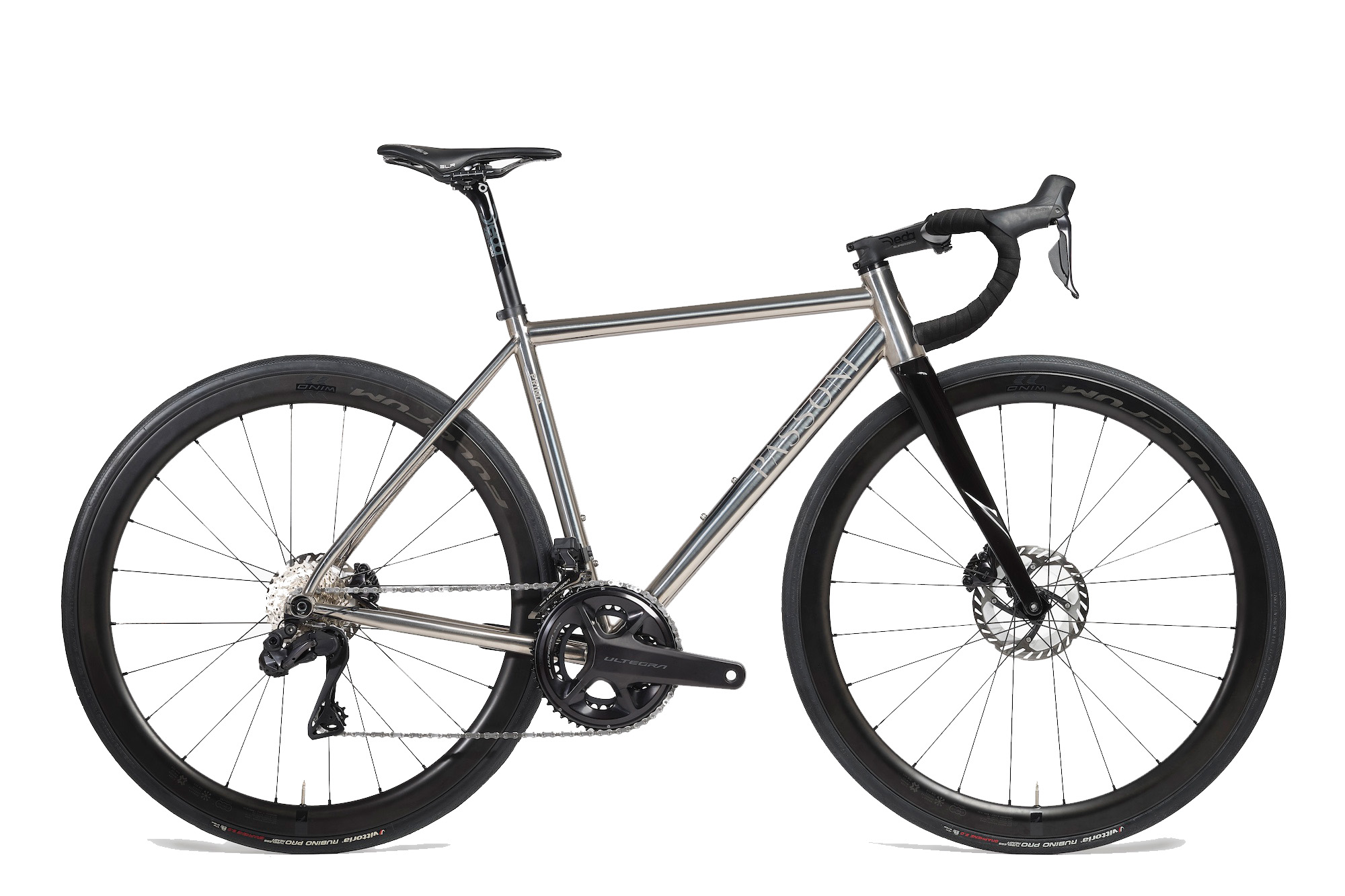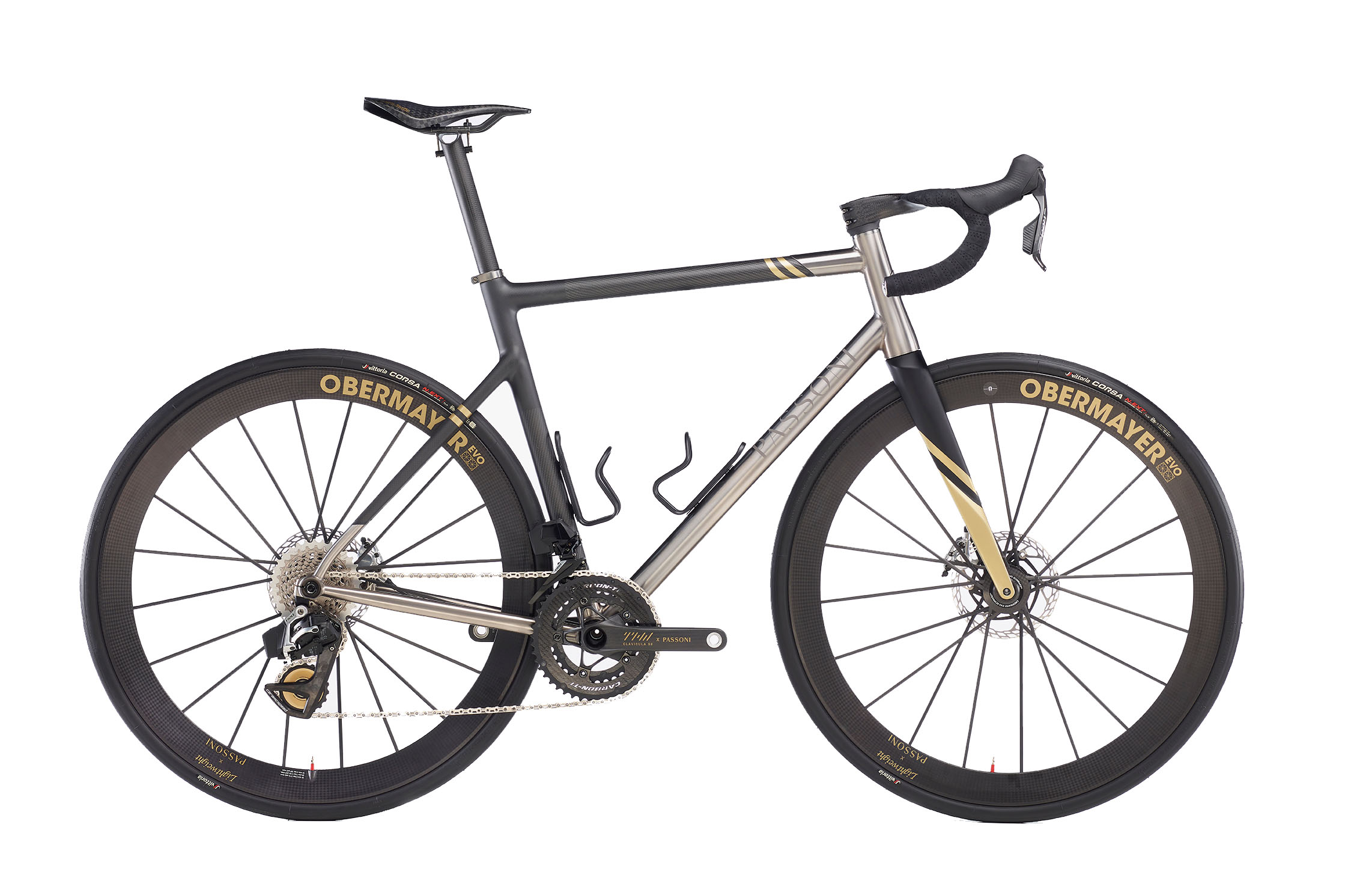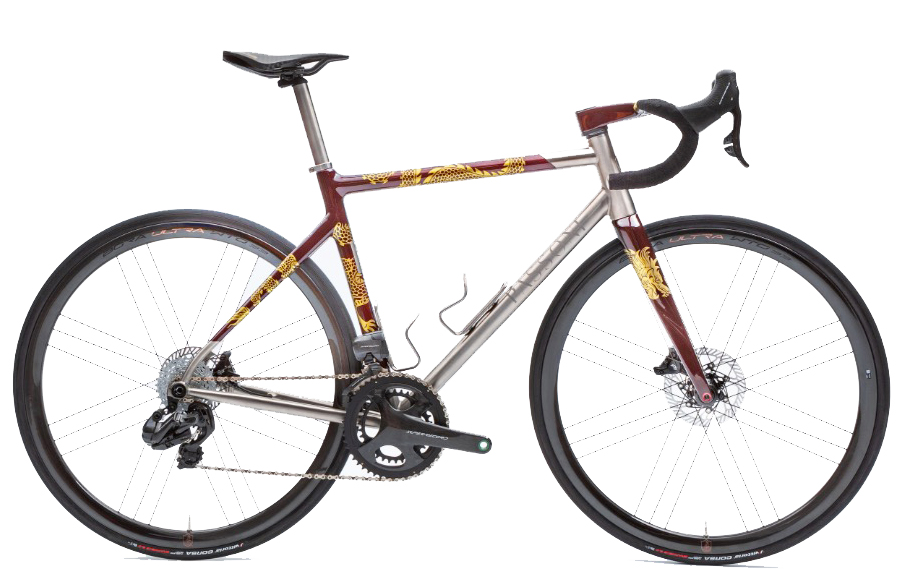A brief History of electronic shifting
Derailleur gear systems have existed since the late 19th century. However, they didn't make it into the Tour de France until 1937. Before that, riders had to remove their wheel and flip it around to access a second set of cogs that could provide different ratios.
The first derailleur systems used for racing were rudimentary in design. It wasn't until Tullio Campagnolo introduced the Gran Sport derailleur in 1949 that they became widely employed by professional riders. Initially limited to ten prototypes, the design was released to the public the following year.
For the next four decades, a parallelogram-type derailleur operated by a lever connected with a Bowden cable became the near-universal way for racing cyclists to shift gears.
Then in 1992, French firm Mavic released the revolutionary Zap groupset. It used electronics to control the movement of the derailleur. Doing away with the parallelogram design, it relied on the pedalling action of the rider and a toothed shaft inside the derailleur to control the movement of the gears. This first Zap groupset was followed in 1999 by a wireless version called Mektronic.
In our archive, you can find an early version of the Nova bicycle fitted with a rare wireless Mektronic groupset. It might have been a first glimpse of the future. Yet, for all their innovation, neither of Mavic's groupsets was considered a success. The result was that when electronic shifting disappeared from the retail market, few were sad to see it go.
Nevertheless, in the pro ranks, Campagnolo continued experimenting with electronic shifting. Unlike Mavic, its designs focused on using motors to drive the derailleur. Throughout the late 90s and early 2000s, several squads, including the Spanish Reynolds team (later to become Movistar), trialled the products in elite-level races.
Although unavailable to the public, Passsoni's relationship with Campagnolo meant several of our prototype bikes from the era also featured the unreleased groupsets. Still, as they remained unavailable for general consumption, the dream of electronic shifting largely faded from public consciousness.
Everything changed in 2010 when Japanese firm Shimano became the first company since Mavic to release a consumer electronic groupset. Campagnolo followed suit a year later, introducing its first EPS products in 2011.
Ever since, amateur riders have had a choice to execute their shifting electronically using motor-activated derailleurs or rely on the traditional system of cables and pulleys. Now more than a decade on, electronic groupsets have come to dominate the top of the market.
Our bikes like the Titanio or the XXTi can be equipped with electric gear changes.
Benefits and limitations of the electronic shifting
"When you fit an electronic groupset, you set it up, and it could be five years before you next have to make an adjustment," explains Passoni's Matteo Visentini. "With a mechanical groupset, you always have to make little tweaks," Fit once, and as long as you keep it charged, your gearing should be smooth and precise.
Even in their early formats, the accuracy and reliability of electronic groupsets were among the key drivers of their uptake. Now common for over a decade, near-flawless performance continues to win fans who appreciate their sensitivity and simplicity.
Electrically operated gears also appeal to bike designers, freeing them to explore new design possibilities while reducing the frame's weight.
This is true whether the system uses electrical cables or communicates wirelessly. "For instance, our Titanio Disco Integrata is only available with an electronic groupset," explains Matteo. This is because removing the rigid cabling for mechanical derailleurs allows for the closer integration of the cockpit that's central to the design.
Nowadays, around 80% of our customers opt for electronic shifting on their bikes. Still, there are legitimate reasons to prefer the older mechanical system. "Passoni occupies quite a niche in the market," says Matteo. "We make timeless titanium bikes to last a lifetime. And a significant minority of our customers feel that a mechanical groupset remains the best solution ." It’s like the attraction of owning a mechanical watch. "For some riders, a mechanical groupset is the perfect match for a bike that will endure forever. There's no need to charge the battery. And while it might be less precise and require more maintenance, it could last a hundred years".
Another arena where mechanical groupsets retain a potential edge is on bikes made for adventuring in remote areas.
This is why Campagnolo's radical Ekar 13-speed gravel groupset is currently only available in a mechanical format. "Many people want a mechanical groupset on their gravel bike," says Matteo. "Especially those who do long-distance trips because you don't have to charge batteries. Also, anyone can replace a cable wire. If you damage your electronic components, you must find the right mechanic, which can be hard in some regions. If you have a mechanical groupset, you put some spares in your bag, and with basic tools, you can repair everything". Effortless and electronic? Or mechanical and self-sustaining? Whichever style of shifting captures your imagination, the beauty of a custom-made Passoni bike is the freedom it allows you in choosing your titanium frame. Explore our full range of our Passoni bike.

 Ready-to-ride
Ready-to-ride Made-to-measure
Made-to-measure Special edition
Special edition